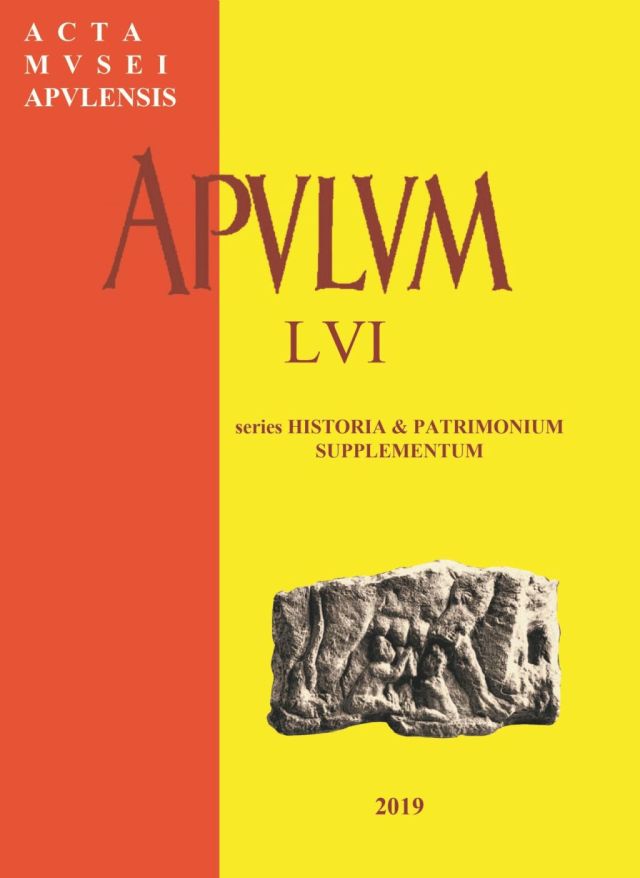Valori europene ale Bibliotecii Batthyaneum. Manuscrisul Die Jagd, Hadamar von Laber, sec. XIV. O Minnealegorie
European valuable assets of the Batthyaneum Library. The Hadamar manuscript, a ”Minneallegory”
European valuable assets of the Batthyaneum Library. The Hadamar manuscript, a ”Minneallegory”
Author(s): Cristina VoinaSubject(s): History, Cultural history
Published by: Muzeul National al Unirii Alba Iulia
Keywords: manuscript; Batthyaneum Library; Die Jagd; XIVth century; Hadamar von Laber;
Summary/Abstract: The work presents one of the treasures of the Batthyaneum library, registered under the number K5 VI6; Ms. III70, Die Jagd a manuscript from the 14th century. We deal with one of the best known works of the miniallegory genre. The work was considered to be a masterpiece in the century it was written, the large number of copies kept and the fact that it was mentioned in other works of the period bearing testimony to that. The author comes from a noble family from south Germany. The story told in the piece of work matches the measure of those times, and also the genre. It is about ”Minne”, about winning love through a complicated and elaborated process, set in an allegorical hunt. The manuscript is one the 14 copies kept, that were presented by Karl Stejskal. It is marked with a C (K at Schmeller), manuscript on parchment. The codex has now 35 leafs, the first section missing. The cover is made of wood covered with brown leather, which used to be red for sure, with evidence of two missing clasps. It has only 345 stanzas left, it seems like, originally, it had 505 (504) stanzas. On the inside of the back cover is a note, which reads that it belonged to priest Konrad Sturck in 1397, when he was writing the note. Robert Gragger, the person who made the most comprehensive analysis of the manuscript in 1921, considered this K(C)onrad Sturck would be the one who copied the work. Fact which was neither acknowledged nor denied. Another peculiarity of the manuscript is that on the inside of the first cover was once stuck a fragment from the Nibelungen Lied, named by Lachman codex F, from the 13th century. The leaf was lost, but in the glue which stuck it together is the mirrored image of codex F., Gragger says that probably, after the first quire was lost, and together with it the flyleaf, the copyist would have stuck that page from the Nibelungen Lied.
Journal: Apulum
- Issue Year: 56/2019
- Issue No: 2
- Page Range: 1-10
- Page Count: 10
- Language: Romanian
- Content File-PDF

